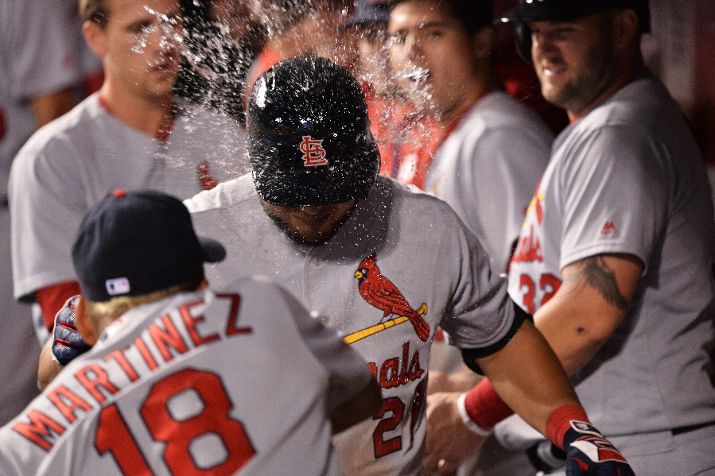Last Tuesday, the wait was finally over, as Jhonny Peralta returned to the Cardinals for the first time during the 2016 season. He had suffered a thumb injury in spring training, missing the first two months of the season.
In that time-span, the Cardinals had statistically (and visually) one of the worst defensive infields in Major League Baseball. Through the first two months, they had led the league in errors, and the lack of an experienced veteran was visible to the casual eye.
Ever since he returned, however, a flame has been sparked within the Cardinals. A flame that couldn’t have come at a better time.
Heading into Sunday’s series finale against the Pittsburgh Pirates, the St. Louis Cardinals are 34-28, in sole possession of second place (behind the Chicago Cubs) in the National League Central, and have won six of their last seven games.
The pitching has been more consistent, the hitting has been more timely, and more importantly, the fielding has looked over 100 times better. Manager Mike Matheny has switched around the defensive alignments, and also has resulted in Kolten Wong being sent down to AAA Memphis.
Since his return, Peralta is 6-15, with two doubles, one home run, five RBI’s, and a batting average of .400. He’s also walked twice and struck-out only once.
During their last seven games, the Cardinals have outscored their opponents 48-27, and while Peralta wasn’t a part of every game, it seems the momentum in the division (and the wild card standings) have begun to shift in their favor. Chicago is well ahead in the division with no current rival posing an immediate threat to the division lead at the moment. Despite that, the pieces seem to be falling in place within the Cardinals organization that will help provide them with perhaps another season-surge that has been a staple for years now.
It’d be best not to underestimate the St. Louis Cardinals.
Because that’s when they’re most dangerous.


